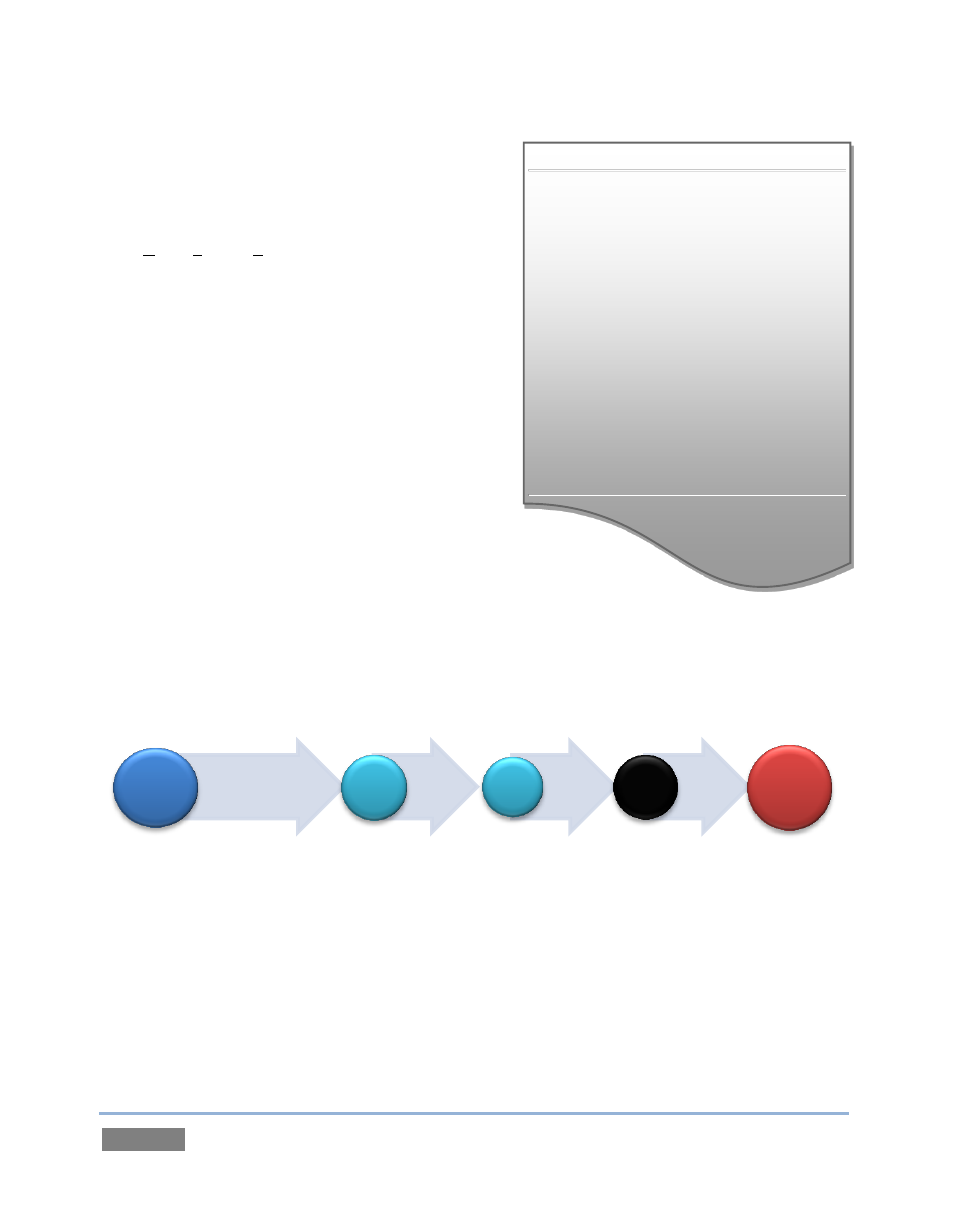NewTek TriCaster 300 User Manual
Page 146

Page | 130
The Background (BKGD) layer supplies
the ‘bottom-most’ video layer, seen
behind any other layers shown on
Program Out.
At any given moment, BKGD may
consist of a mix of video streams from
Program and Preview rows, or even a
more complex composition formed
from the numerous sources of one or
even more Virtual Inputs.
TriCaster’s Background layer (often shortened to
simply ‘BKGD’) is always the base for the video
composition displayed on Program out.
DSK (Down Stream Keyer, over ‘overlay’) layers may
or may not appear above (or, if you like, in front of)
the Background. DSK layers are typically used for
overlaying graphics, titles, etc., though they may
serve other purposes as well.
In addition to BKGD, three additional ‘primary
layers’ can contribute to TriCaster’s final Program
output at any given moment:
Two overlay layers, DSK 1 and DSK 2, are
composed above the BKGD layer on
output.
DSK 2 appears ‘in front of’ DSK 1 on
Program Output – that is, closest to the
viewer.
FTB (Fade to Black) constitutes a final overlay layer – one that obscures all other layers
when applied.
Recall, too, that the BKGD layer itself is often a composite of sub-layers:
Sub-layers may include video from the Program or Preview rows.
• Program
• Preview
BKGD
DSK
1
DSK
2
FTB
Program
Out
